Store-Bought or DIY Grow Light?
A lot of people want to know more about using grow lights in their gardens. Should you go for a store-bought solution or perhaps a DIY grow light? Learn everything you need to know about grow lights here!
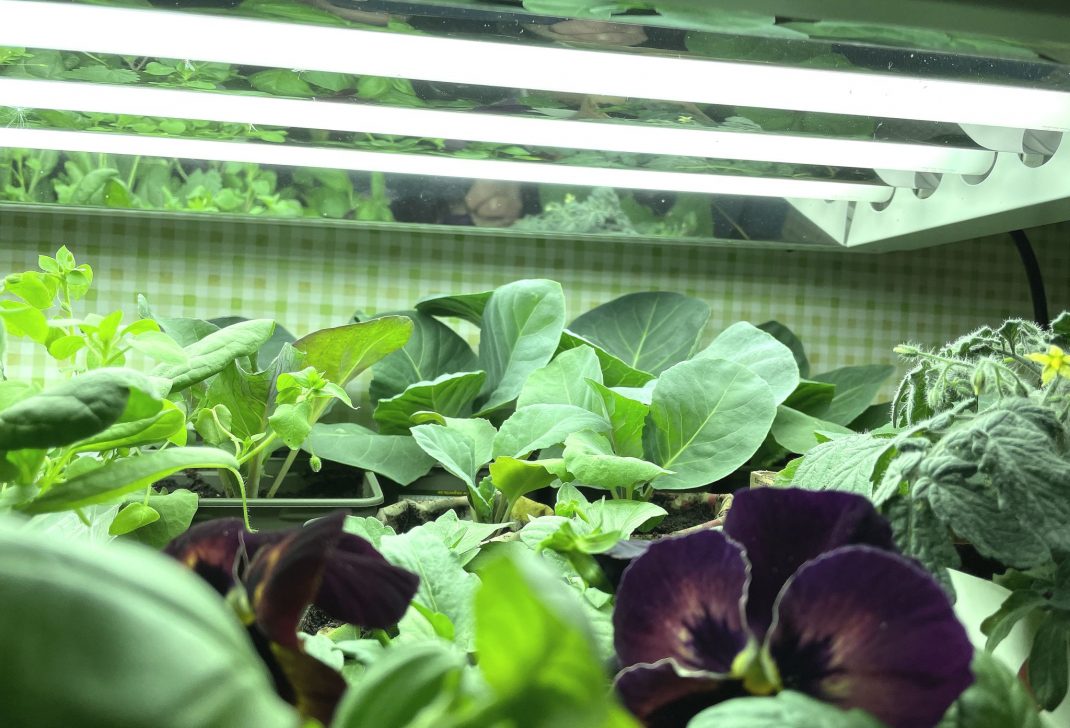
One of my grow lights at home, with three fluorescent tubes. There are plenty of options out there when it comes to grow lights. Will you get one from your garden center or go for a DIY grow light?
This post is about a subject that I know people have a lot of opinions about. Grow lights. Should we buy one or is a DIY grow light an option?
Read more: My best tips on picking a grow light
If someone asks me what I think about using grow lights, I always tell them to buy them from a garden center. There are usually a few options to pick from in the stores, but many more online of course. The simplest set ups are quite cheap while the larger contraptions with more features can cost a few hundred dollars/euros.
Using a grow light is basically mandatory for anyone who wants to grow indoors during winter. The daylight is in most cases just not enough this time of the year. I grow in zone 3, and it's just way too dark up here in winter.
Why Buy?
Whenever I advise people to buy, someone comes along and insists that a DIY grow light is the way to go. After all, can't you just get a regular lamp and hang it up? Well, I don't think so.
Most of the people asking for advice about grow lights are beginners, or at least not used to growing vegetables indoors. A grow light seems like an exciting new concept for anyone with this perspective. But growing indoors with artificial light is actually very different to doing it outside. That's why beginners might face a lot of setbacks when they get started. And that's ok! If you start off not knowing much about how it works, your need to do a lot of research before you get going. I completely understand if it seems like too much work to not only figure out how to use a grow light, but also how to build one yourself. So, I think that store-bought is the best solution for anyone with limited experience growing indoors.
So, what is a grow light then? Well, it's generally made up of one or several fluorescent lamps in a fitting made from reflective materials, that spreads light over a specific area. You can find lots of information and inspiration on how to hang it and what kind of accessories you can use for it. The grow light often comes with detailed instructions on how to use it for your plants too. You simply don't need to think much about it, and can trust the instructions to get you on the right track.
More from Sara's Kitchen Garden: Ninnie's Cottage Garden
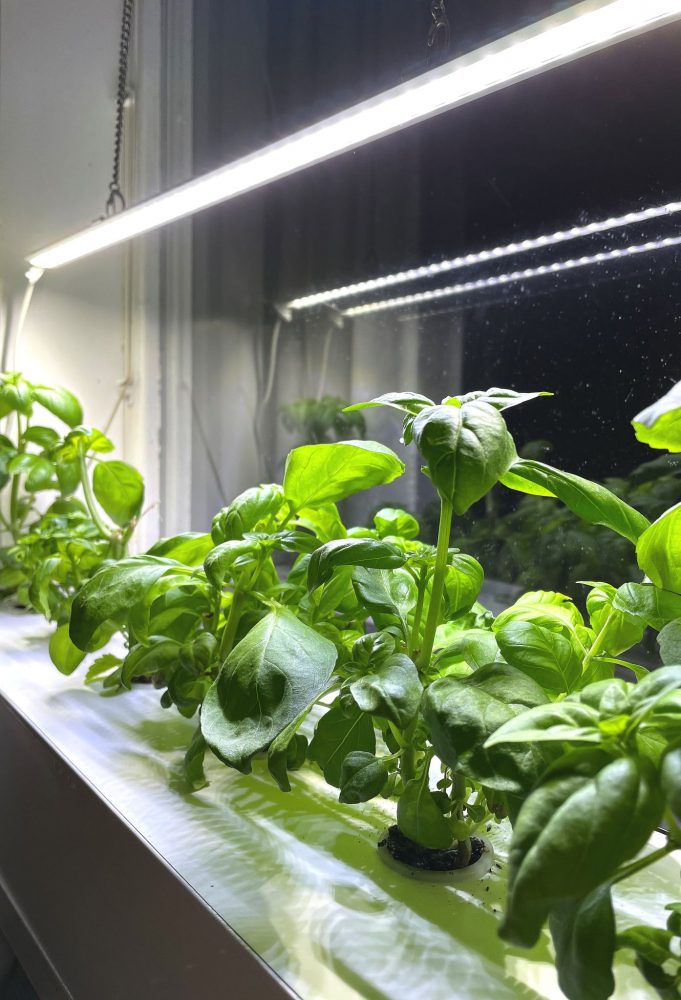
I get many questions about the grow light I use for my basil I'm growing in the window. This is a thin LED bar that you attach with suction cups. Is a DIY grow light an option?
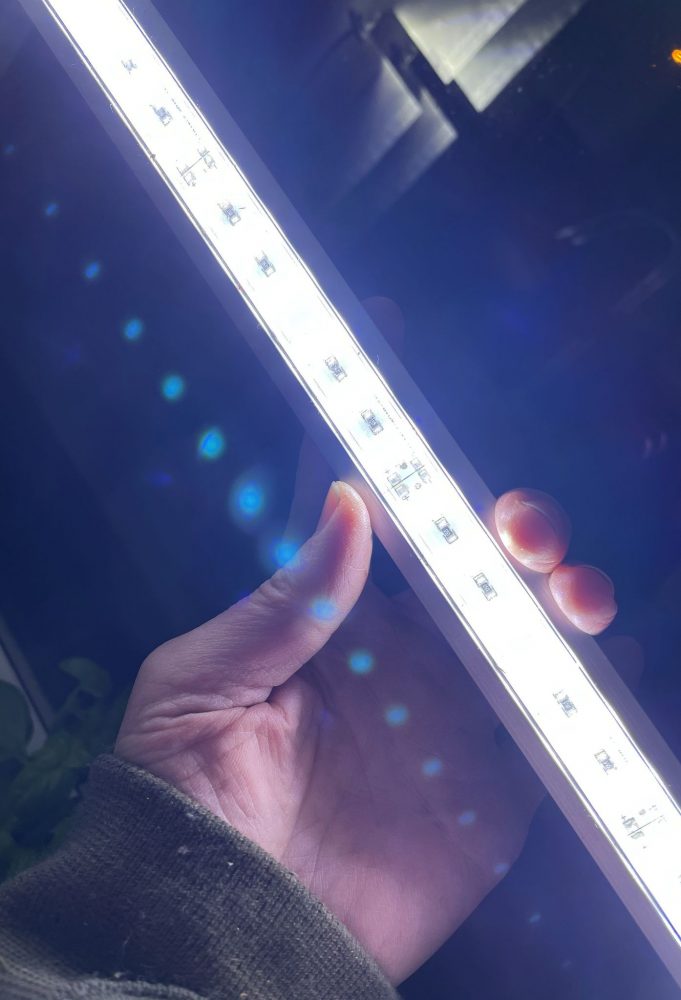
This relatively thin LED light actually covers a reasonably large area. It's the perfect choice for the plants I grow on my window sill.
The Pros of Buying
The great thing about buying a grow light from the store is that someone else basically did the thinking for you. Yes, it does cost a little more than just buying a random lamp at a supermarket. But then on the other hand, you know that you're getting the right product. You won't have to figure out how to get the right settings and learn everything from the beginning. Just plug it in and start growing.
There are plenty of options for different kinds of spaces, and lots of suspension systems to pick from too. You can see the range of each individual grow light in the description, which is another big plus. Knowing what type of light works for your particular plants is another great thing about buying a product rather than going for a DIY grow light. Especially since the grow light should be quite close to the sowing in the beginning. It's important to make sure that the seedlings don't burn!
As a beginner, you might want to start with regular fluorescent tubes or LED bars that you can fasten to your growing station. You can of course also just hang your grow light by the window, if that's where you keep your sowings. Try it out and see what works for you. Knowing a bit more is going to make it a lot easier to figure out the next step. Perhaps a larger system with several tubes? Or, maybe a DIY grow light when you know more about how it works.
What you can grow:
Grow microgreens at home
Early tomatoes
10 vegetables you can grow indoors
Basil in a plug tray
Grow pea shoots indoors
Downsides to Buying
It might seem like I'm completely sold on the systems you can buy in the store. But there are downsides to buying a product like this too. The main one is the price. Large high-quality grow lights cost money. Or rather, the fittings and hangers do, compared to a DIY grow light.
Another clear downside is that you can't actually change the lamp on some of these systems. If you're a beginner, I think that you should avoid the grow light systems with built-in lamps that you can't change if something were to break. The fluorescent tubes are generally great though, like other simpler fittings for one lamp at a time. These are usually easy to change.
I absolutely love growing indoors, and I feel inspired to try new things all the time. I'm thinking about getting a grow light that covers my entire little greenhouse next time.

This is one of my favorite grow lights here at home. Three fluorescent tubes in a reflective fitting that covers a relatively large area. This fitting is a bit shorter than most, which is actually a good thing in my opinion. I can put it in smaller spaces.
The point of this article isn't to generalize and say that all DIY grow lights are bad. Plenty of people build great solutions by themselves and I think that's great.
Read more: Fast-growing vegetables indoors
I encounter so many people who just bought their first seeds and want to try sowing something indoors. They usually have lots of expectations and want to get going as soon as possible. One of the most common questions I get from these new gardeners is about grow lights. Considering how many pictures I constantly see of grow light solutions where the plants clearly aren't doing so well, I thought that the best thing I could do is advice my new gardening enthusiasts to buy a specialized product already from the start. So, don't worry about researching luminosity and other complex concepts that you need to understand when you go for a DIY grow light. Get your first grow light from the store instead.
I've been learning so much about using a grow light indoors these past few years. Despite this, I still feel a bit confused about the technical aspects. My head starts spinning just thinking about creating a DIY grow light that works for me and my garden. I prefer using that energy for my plants instead.
Tips for Beginners
- keep the grow light on for 12-14 hours a day
- hang the grow light quite close to the plants, around four inches (10 cm) above them
- more established plants can be placed a bit further from the light
- put your low-growing plants on top of something to get them closer to the light
- don't put any plants out of reach in the darker corners
- use one lamp for sowings and a different one for larger seedlings
So, let's sum it up: A DIY grow light can be just as good as a store-bought product, as long as you know enough about what the plants need and how you should use your lamps. But I think that beginners get better results if they buy a product.
Good luck finding the right solution for you!
/Sara Bäckmo
03. February 2021
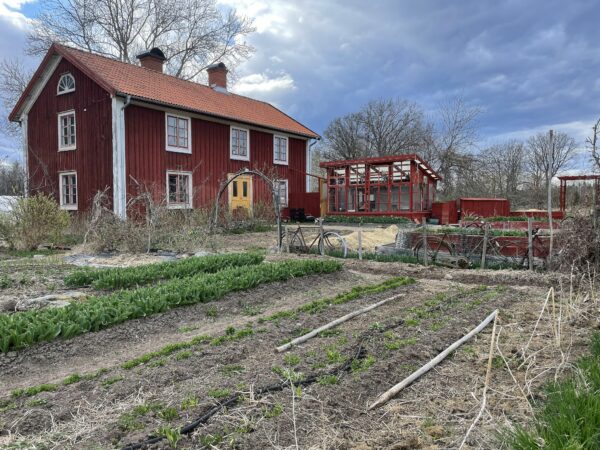
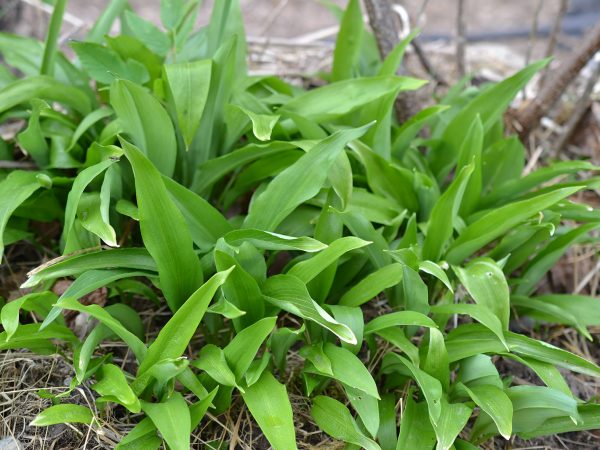
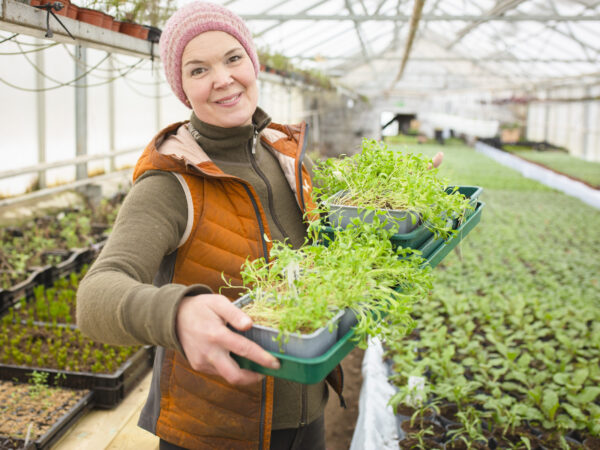
Leave a Reply